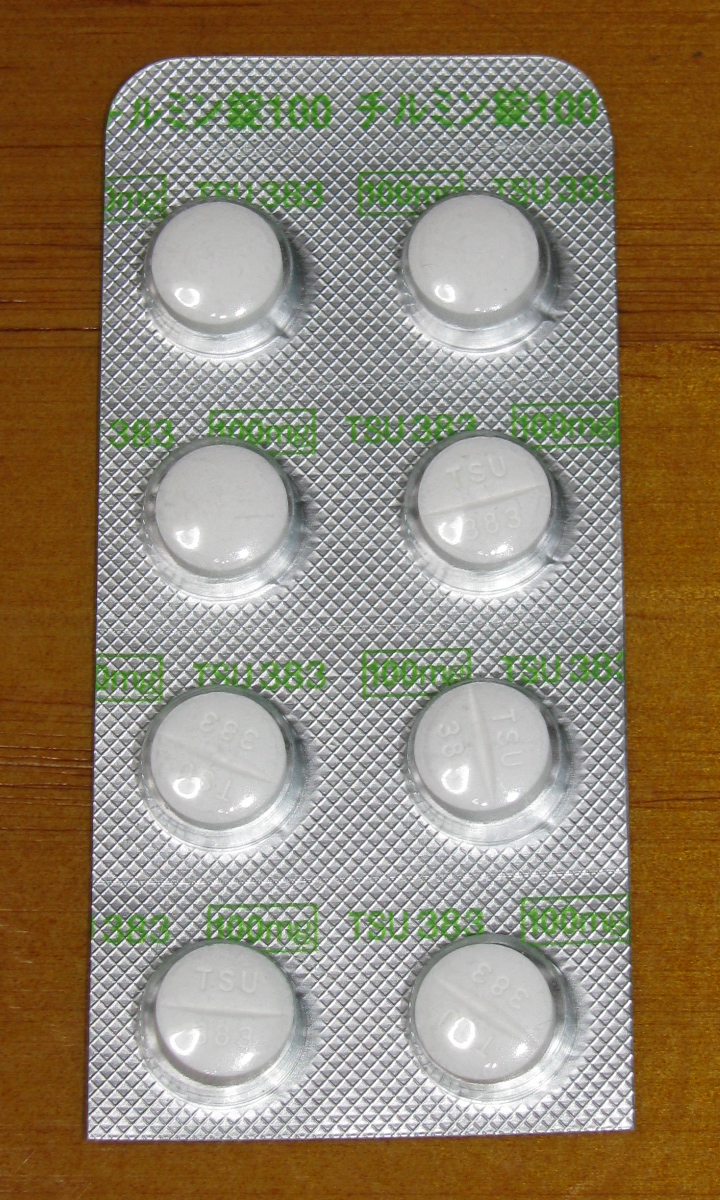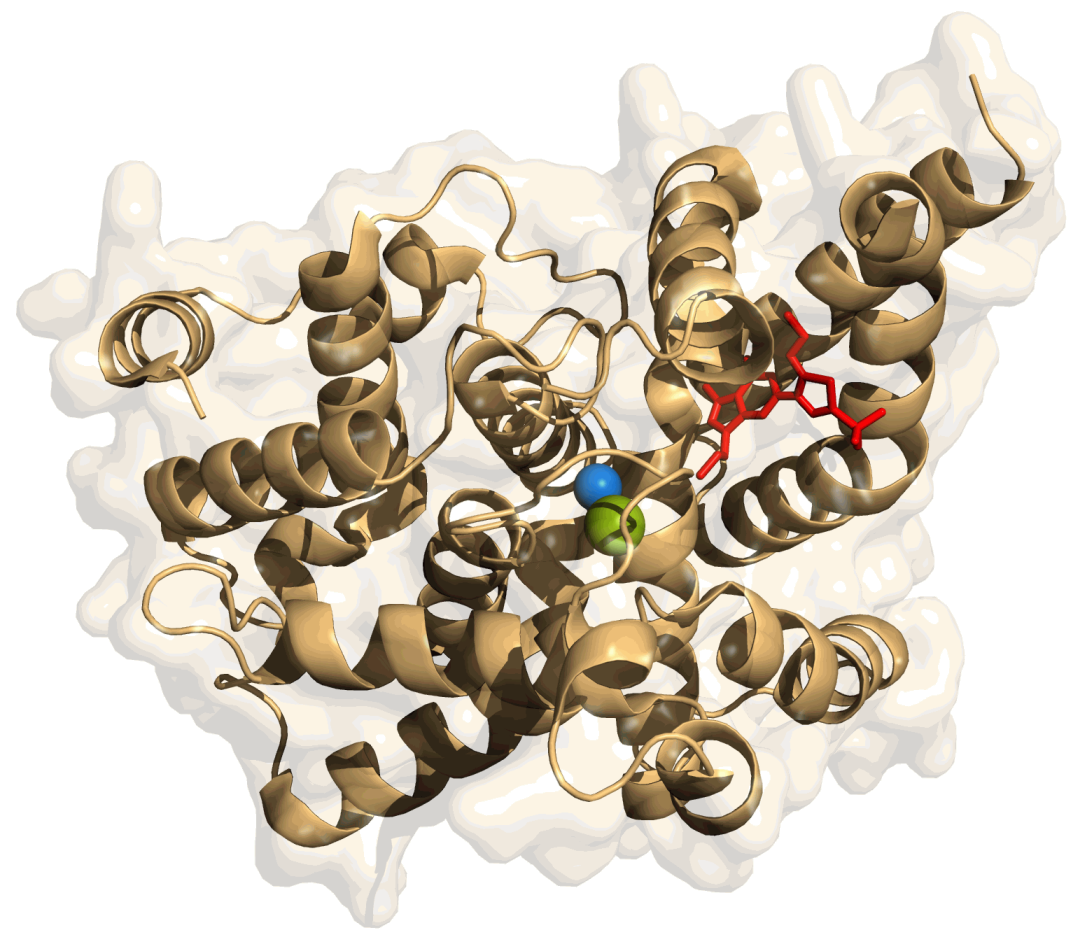|
Acefylline
Acefylline (INN), also known as 7-theophyllineacetic acid, is a stimulant drug of the xanthine chemical class. It acts as an adenosine receptor antagonist. It is combined with diphenhydramine in the pharmaceutical preparation etanautine to help offset diphenhydramine induced drowsiness. A silanol–mannuronic acid conjugate of acefylline, ''acefylline methylsilanol mannuronate'' (INCI; trade name Xantalgosil C) is marketed as a lipolytic phosphodiesterase inhibitor. It is used as an ingredient in cosmeceuticals for the treatment of cellulite and as a skin conditioner. See also * 8-Chlorotheophylline * Theophylline * Caffeine Caffeine is a central nervous system (CNS) stimulant of the methylxanthine chemical classification, class and is the most commonly consumed Psychoactive drug, psychoactive substance globally. It is mainly used for its eugeroic (wakefulness pr ... References Alpha-Amino acids Adenosine receptor antagonists Xanthines {{respiratory-s ... [...More Info...] [...Related Items...] OR: [Wikipedia] [Google] [Baidu] |
Intramuscular
Intramuscular injection, often abbreviated IM, is the injection of a substance into a muscle. In medicine, it is one of several methods for parenteral administration of medications. Intramuscular injection may be preferred because muscles have larger and more numerous blood vessels than subcutaneous tissue, leading to faster absorption than subcutaneous or intradermal injections. Medication administered via intramuscular injection is not subject to the first-pass metabolism effect which affects oral medications. Common sites for intramuscular injections include the deltoid muscle of the upper arm and the gluteal muscle of the buttock. In infants, the vastus lateralis muscle of the thigh is commonly used. The injection site must be cleaned before administering the injection, and the injection is then administered in a fast, darting motion to decrease the discomfort to the individual. The volume to be injected in the muscle is usually limited to 2–5 milliliters, depending ... [...More Info...] [...Related Items...] OR: [Wikipedia] [Google] [Baidu] |
Silanol
A silanol is a functional group in silicon chemistry with the connectivity Si–O–H. It is related to the hydroxy functional group (C–O–H) found in all alcohols. Silanols are often invoked as intermediates in organosilicon chemistry and silicate mineralogy. If a silanol contains one or more organic residues, it is an organosilanol. Preparation From alkoxysilanes The first isolated example of a silanol was , reported in 1871 by Albert Ladenburg. He prepared the “silicol” by hydrolysis of (Et = ). From silyl halides and related compounds Silanols are generally synthesized by hydrolysis of halosilanes, alkoxysilanes, or aminosilanes. Chlorosilanes are the most common reactants: :R3Si–Cl + H2O → R3Si–OH + HCl The hydrolysis of fluorosilanes requires more forcing reagents, i.e. alkali. The alkoxysilanes ( silyl ethers) of the type are slow to hydrolyze. Compared to the silyl ethers, silyl acetates are faster to hydrolyze, with th ... [...More Info...] [...Related Items...] OR: [Wikipedia] [Google] [Baidu] |
Alpha-Amino Acids
Amino acids are organic compounds that contain both amino and carboxylic acid functional groups. Although over 500 amino acids exist in nature, by far the most important are the 22 α-amino acids incorporated into proteins. Only these 22 appear in the genetic code of life. Amino acids can be classified according to the locations of the core structural functional groups ( alpha- , beta- , gamma- amino acids, etc.); other categories relate to polarity, ionization, and side-chain group type ( aliphatic, acyclic, aromatic, polar, etc.). In the form of proteins, amino-acid '' residues'' form the second-largest component (water being the largest) of human muscles and other tissues. Beyond their role as residues in proteins, amino acids participate in a number of processes such as neurotransmitter transport and biosynthesis. It is thought that they played a key role in enabling life on Earth and its emergence. Amino acids are formally named by the IUPAC- IUBMB Joint Commiss ... [...More Info...] [...Related Items...] OR: [Wikipedia] [Google] [Baidu] |
Caffeine
Caffeine is a central nervous system (CNS) stimulant of the methylxanthine chemical classification, class and is the most commonly consumed Psychoactive drug, psychoactive substance globally. It is mainly used for its eugeroic (wakefulness promoting), ergogenic (physical performance-enhancing), or nootropic (cognitive-enhancing) properties. Caffeine acts by blocking the binding of adenosine at a number of adenosine receptor types, inhibiting the centrally depressant effects of adenosine and enhancing the release of acetylcholine. Caffeine has a three-dimensional structure similar to that of adenosine, which allows it to bind and block its receptors. Caffeine also increases Cyclic adenosine monophosphate, cyclic AMP levels through nonselective Phosphodiesterase inhibitor, inhibition of phosphodiesterase, increases calcium release from intracellular stores, and Receptor antagonist, antagonizes GABA receptor, GABA receptors, although these mechanisms typically occur at concentrati ... [...More Info...] [...Related Items...] OR: [Wikipedia] [Google] [Baidu] |
Theophylline
Theophylline, also known as 1,3-dimethylxanthine, is a drug that inhibits phosphodiesterase and blocks adenosine receptors. It is used to treat chronic obstructive pulmonary disease (COPD) and asthma. Its pharmacology is similar to other methylxanthine drugs (e.g., theobromine and caffeine). Trace amounts of theophylline are naturally present in tea, coffee, chocolate, yerba maté, guarana, and kola nut. The name 'theophylline' derives from "Thea"—the former genus name for tea + Legacy Greek φύλλον (phúllon, "leaf") + -ine. Medical uses The main actions of theophylline involve: * relaxing bronchial smooth muscle * increasing heart muscle contractility and efficiency (positive inotrope) * increasing heart rate (positive chronotropic) * increasing blood pressure * increasing renal blood flow * anti-inflammatory effects * central nervous system stimulatory effect, mainly on the medullary respiratory center The main therapeutic uses of theophylline are for treat ... [...More Info...] [...Related Items...] OR: [Wikipedia] [Google] [Baidu] |
Cellulite
Cellulite () or gynoid lipodystrophy (GLD) is the herniation of subcutaneous fat within fibrous connective tissue that manifests as skin dimpling and nodularity, often on the pelvic region (specifically the buttocks), lower limbs, and abdomen. Cellulite occurs in most postpubescent females. A review gives a prevalence of 85–98% of women of European descent, but it is considerably less common in women of East Asian descent. It is believed to be physiological rather than pathological. It can result from a complex combination of factors, including diet, sedentary lifestyle, hormonal imbalance, or heredity, among others. Causes The causes of cellulite include changes in metabolism, physiology, diet and exercise habits, obesity, alteration of connective tissue structure, hormonal factors, genetic factors, the microcirculatory system, the extracellular matrix, and subtle inflammatory alterations. Hormonal factors Hormones play a dominant role in the formation of cellulite. Estro ... [...More Info...] [...Related Items...] OR: [Wikipedia] [Google] [Baidu] |
Cosmeceutical
Cosmeceuticals are cosmetic products with bioactive ingredients purported to have medical benefits. In the US, there are no legal requirements to prove that these products live up to their claims. The name is a portmanteau of "cosmetics" and "pharmaceuticals". Nutricosmetics are related dietary supplement or food or beverage products with additives that are marketed as having medical benefits that affect appearance. Quasi-drug (labelled 医薬部外品 or 薬用) is a Japanese term that refer to many of the same products with functional claims, albeit regulation is stronger as pre-market approval from the Ministry of Health, Labour and Welfare is required. Criticism Consumers are willing to pay a premium for skin and hair care products that they perceive as high-performance. The term "cosmeceutical" is often used in cosmetic advertising and may be misleading to the consumer. If the consumer interprets a "cosmeceutical" or "nutricosmetic" to be similar to a pharmaceutical ... [...More Info...] [...Related Items...] OR: [Wikipedia] [Google] [Baidu] |
Phosphodiesterase Inhibitor
A phosphodiesterase inhibitor is a drug that blocks one or more of the five subtypes of the enzyme phosphodiesterase (PDE), thereby preventing the inactivation of the intracellular second messengers, cyclic adenosine monophosphate (cAMP) and cyclic guanosine monophosphate (cGMP) by the respective PDE subtype(s). The ubiquitous presence of this enzyme means that non-specific inhibitors have a wide range of actions, with those in the heart and lungs being some of the first to find therapeutic use. History The different forms or subtypes of phosphodiesterase were initially isolated from rat brains in the early 1970s and were soon afterward shown to be selectively inhibited in the brain and in other tissues by a variety of drugs. The potential for selective phosphodiesterase inhibitors as therapeutic agents was predicted as early as 1977 by Weiss and Hait. This prediction meanwhile has proved to be true in a variety of fields. Classification Nonselective PDE inhibitors Methylated ... [...More Info...] [...Related Items...] OR: [Wikipedia] [Google] [Baidu] |
Lipolysis
Lipolysis is the metabolic pathway through which lipid triglycerides are hydrolysis, hydrolyzed into a glycerol and free fatty acids. It is used to mobilize stored energy during fasting or exercise, and usually occurs in Adipose tissue, fat adipocytes. The most important regulatory hormone in lipolysis is insulin; lipolysis can only occur when insulin action falls to low levels, as occurs during fasting. Other hormones that affect lipolysis include leptin, glucagon, epinephrine, norepinephrine, growth hormone, atrial natriuretic peptide, brain natriuretic peptide, and cortisol. Mechanisms In the body, stores of fat are referred to as adipose tissue. In these areas, intracellular triglycerides are stored in cytoplasmic lipid droplets. When lipase enzymes are phosphorylated, they can access lipid droplets and through multiple steps of hydrolysis, breakdown triglycerides into fatty acids and glycerol. Each step of hydrolysis leads to the removal of one fatty acid. The first step ... [...More Info...] [...Related Items...] OR: [Wikipedia] [Google] [Baidu] |
International Nomenclature Of Cosmetic Ingredients
The International Nomenclature of Cosmetic Ingredients (INCI) are the unique identifiers for cosmetic ingredients such as waxes, oils, pigments, and other chemicals that are assigned in accordance with rules established by the Personal Care Products Council (PCPC), previously the Cosmetic, Toiletry, and Fragrance Association (CTFA). INCI names often differ greatly from systematic chemical nomenclature or from more common trivial names and is a mixture of conventional scientific names, Latin Latin ( or ) is a classical language belonging to the Italic languages, Italic branch of the Indo-European languages. Latin was originally spoken by the Latins (Italic tribe), Latins in Latium (now known as Lazio), the lower Tiber area aroun ... and English words. INCI nomenclature conventions "are continually reviewed and modified when necessary to reflect changes in the industry, technology, and new ingredient developments". INCI and CAS The relationship between a CAS Regis ... [...More Info...] [...Related Items...] OR: [Wikipedia] [Google] [Baidu] |
Mannuronic Acid
Mannuronic acid is a uronic acid monosaccharide that can be derived from mannose. Along with -guluronic acid, -mannuronic acid is a component of alginic acid, a polysaccharide found predominantly in brown algae Brown algae (: alga) are a large group of multicellular algae comprising the class (biology), class Phaeophyceae. They include many seaweeds located in colder waters of the Northern Hemisphere. Brown algae are the major seaweeds of the temperate .... Mannuronic acid is also incorporated into some bacterial capsular polysaccharides. References Uronic acids {{Carbohydrate-stub ... [...More Info...] [...Related Items...] OR: [Wikipedia] [Google] [Baidu] |




